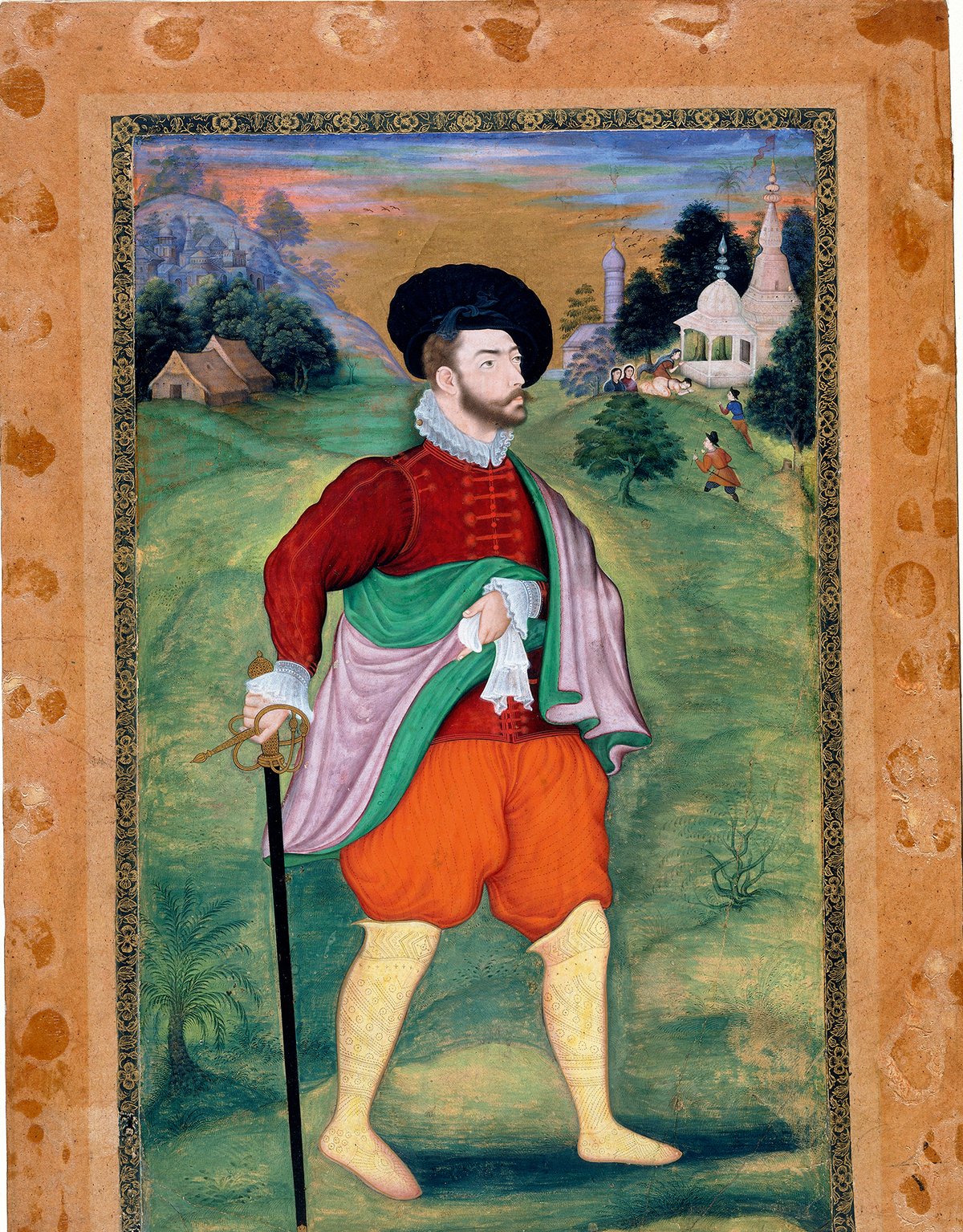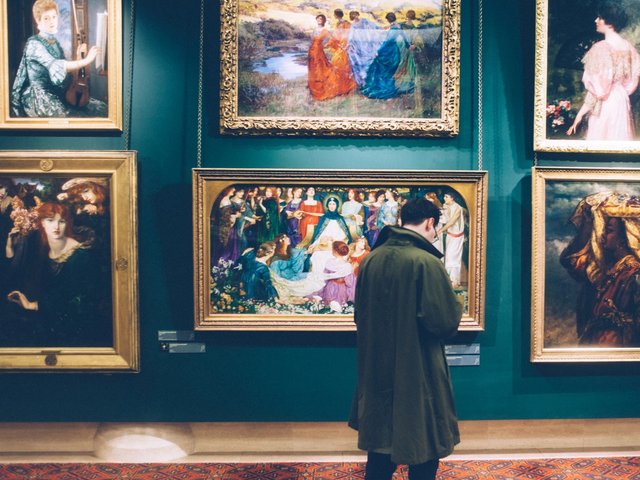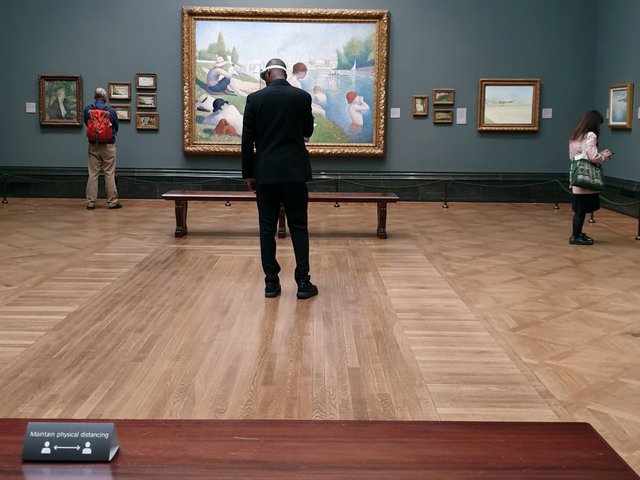Museum labels are not progressive enough. They do not tackle political realities, colonial histories and systemic oppression with sufficient rigour. This is my heartfelt view. It is also one that contradicts many of my fellow critics. I wrote in January about a backlash against art and exhibition-making, which held that visitors were turning away from museums with more political content. I argued that much of that critique was based on evidence-free subjectivity and naked agenda-bolstering. Since then, those views have continued to ripple—including in the responses to museum visitor figures for 2024 and in articles on the 25th anniversary of London’s Tate Modern in May.
It has confirmed to me how little we truly understand the complex attitudes of those that are visiting our museums and galleries. Common to many critiques is a particularly pernicious trope: an assumption that commentators know the feelings of an amorphous “general public”. For that familiar politician’s mantra that “the British people don’t want to hear about” a given topic, read one art critic’s recent assertion that “visitors feel hectored (and bored) by guilt-trip language” in the wall texts at Tate Modern.
Missed opportunities
One must ask: which visitors? Specifically the visitor writing the article? Of course, many sincerely hold this view, but I know of no peer-reviewed survey that reflects the dominance of this attitude or any other response to social and political analysis of works, especially when they relate to artists’ explicitly stated subject matter. One critic or gallery-visitor’s guilt trip is another’s welcome engagement with personal, collective, national and global history.
I thought about this complex network of subjectivities when I visited the Victoria and Albert Museum in London’s exhibition The Great Mughals: Art, Architecture and Opulence before it closed last month. Visually it was spectacular. The quality of objects, the breadth of loans, the design and pacing through the gallery were exemplary.
But it was only partly a great show. As Archishman Sarker, an art historian at Ashoka University in Sonipat, India, wrote: “The continued privileging of opulence—isolated from the complex political, intellectual, and religious histories that undergird it—risks reiterating the very colonial imaginaries that museums now claim to be interrogating.” The Indian-born, British-based artist Sutapa Biswas, who drew my attention to Sarker, wrote in an Instagram post that the exhibition was exquisite and important but a missed opportunity. She described the difficult balance to be struck in reflecting the “overwhelming ‘beauty’ of art and artefacts” while “recognising the complexity of these difficult and often violent histories”.
A grandchild of empire
I agree with these critiques. But I recognise that this is partly due to the relevance of those histories to my own family. My great-grandfather was a mechanical engineer who lived in India from 1907, only returning amid the horrors of Partition. My grandfather was born in Calcutta/Kolkata. So the British Empire and its effects loom large in my history; my strategy has been to run towards this complex background, to acknowledge that I am a grandchild of Empire.
A formative moment was seeing a series of plates called Nos Ennemis Intimes (our intimate enemies) by Lockwood Kipling, Rudyard’s father. On them were despicable racist caricatures of Indian servants. These were the kind of objects that circulated in my great-grandparents’ society. And yet, Lockwood Kipling profoundly engaged with and supported Indian arts and crafts—beauty and the violence of racism were inseparable in his world.
Enriched engagement
Whenever I look at Indian and other non-Western art in museums, those histories are inescapable. But never does it diminish my ability to engage with objects or appreciate their beauty or power. It has only enriched my experience of art and the places in which it is shown.
Based on this, I don’t believe a greater emphasis on colonial history would have curtailed many visitors’ enjoyment of The Great Mughals or indeed stopped them visiting museums more widely. I think institutions should confront the uncomfortable truths of the past and the present. But still, I would hesitate to guess at the reactions of anyone with whom I share a gallery.




